I train to improve my reading abilities. I talked with some people who read more, both quantitatively and qualitatively. After some intellectual effort, I realized something of great importance for anyone who feels reading happens slowly and with low retention.
Language influences our mind and emotion first, then our behaviour. Whether it happens consciously or unconsciously, further it renders our ability to perceive. Humanity tells stories or structures knowledge through language, yet most living people can be easily influenced with few words….Why & How?
For most people, during childhood, the parent’s attempt to teach us words was an unconscious effort – to impose the meaning of those sounds directly on the object. The consequence becomes our burden. People who are taught this way will unconsciously carry the meaning of that word in its illusory form – being incapable of not reacting to it, whenever it is heard or read. I experience it when I see ads from big names (ex.Coca-Cola), that are embedded in my memory before I was aware of myself. It happens with most of the words, as the meaning of them was given in school. I was not interested enough in reading or writing – math, science & drawing being my most common activities.
Now is the time for change…
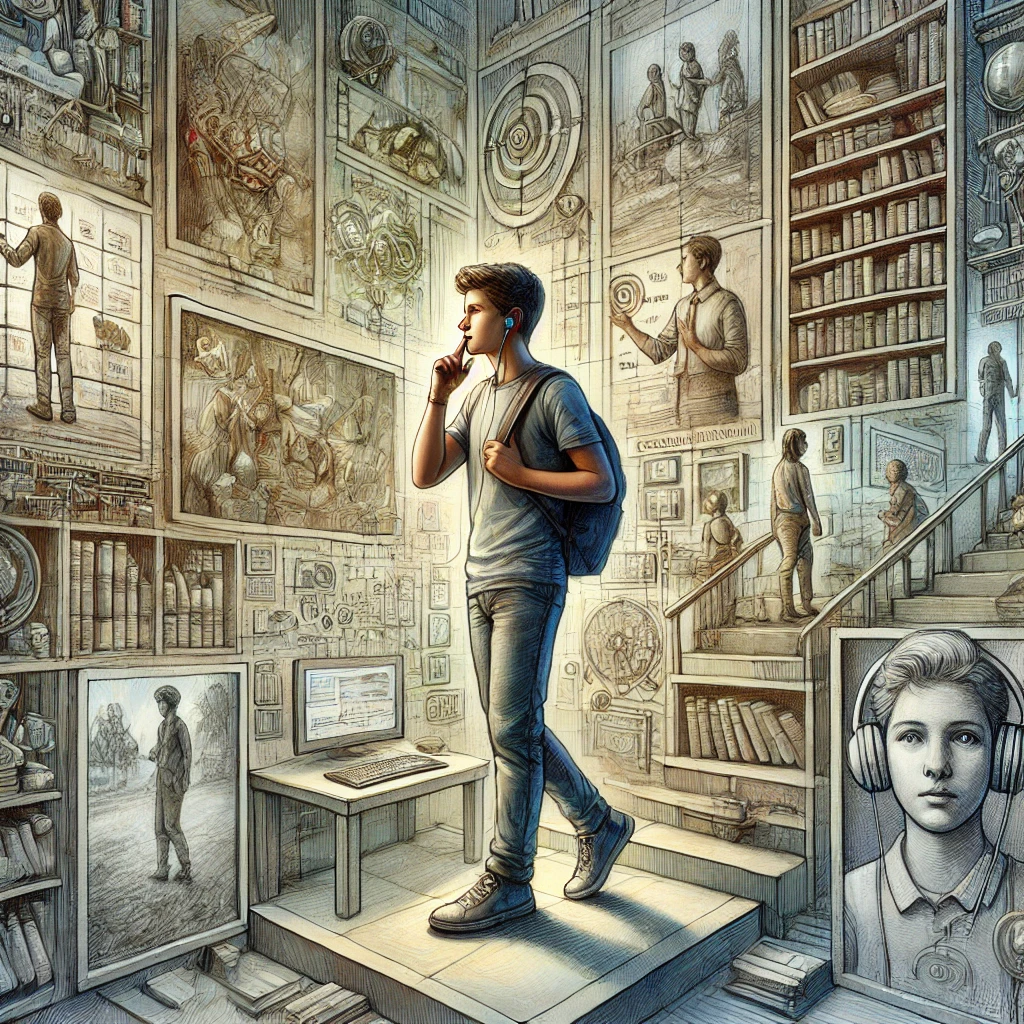
Exploring reading
Words without context are meaningless. Most people can be manipulated easily by someone who understands this – as one can create a context for his interest based on another’s unawareness. Manipulating people becomes useless, obsolete, and irrelevant when the same someone becomes aware of the emotional value that can be created in the world, through consciously choosing every word spoken. This is the most important aspect of this lesson – the relationship between words & emotions.
While reading fiction, fantasy, or other belletristic writings, we – the readers – recreate the vision of the writer through our emotional understanding. We come with the color of the structure created for us. Reading with blank emotionality creates boredom for this kind of writing. Being overwhelmed by emotions creates the illusion of connection to the author. Reading while aware of our present emotions forming as we read, creates conscious experience – beautiful memories.
While reading technical, scientific, or other logical writings, we have to use our minds more to recreate the stream of thoughts toward understanding the meaning of the subjects. The emotional state has to be more balanced, under control, and less colorful for the mind to work undisturbed. Great ideas come in peaceful places. Mental conflict numbs people, while a moment of contemplation creates a meaningful insight.
World-class writers understand both extremes of writing and manifest thoughtful ideas with a clear structure – colorfully encapsulated with emotions. Einstein A. wrote his theories both for his fellow scientists and for the general public. King Stephen creates emotional turmoil on every page while keeping a logical structure on the way. J.R.R. Tolkien imagined a whole world just for us to explore.
Conscious reading
To become an expert at reading first we need to reorganize the mind – the unconscious mechanism that makes us react emotionally to specific words. Reacting to one word creates a snowflake in our mind and soon after an avalanche. To understand how rooted in our being this problem is, contemplate this:
“Every human that subvocalizes – any word in the mind – is susceptible to reacting. Words are the imaginary reflection of the world – can be an illusory shadow or reflect the truth. Every time we do not manifest our emotions and thoughts words remain dormant within our mind – influencing us unconsciously until are speak them out in the world.”
After you contemplate on this for a while try this on your next reading session.
- Read a paragraph normally, then close your eyes and recall all the world you remember. Observe how your mind works and the emotions felt.
- Read the paragraph again, while observing each word individually for a moment. Look at its shape first – then observe your thoughts coming through the mind – then observe the emotions the form regarding the meaning of that word.
- Play with the words in your mind, give them shape, form, and color. Create a visual effect for each word – sentence – paragraph, then the whole text.
“As we learn the words along with the meanings unconsciously, the best way to improve our reading ability is to approach every word consciously”
Even the words that feel superficially simple like “and” – “yes” – “me” – especially those…
The practice of connecting the words with the meaning we give through our present understanding of the world creates a conscious expansion of feelings and thoughts coming from the word. The biological function is represented by a better connection between the synapses that contain the information regarding the shape – the sound – the meaning of a word. The better the neural-mind connection – the faster we become aware of the word in the context. The goal is to learn how to read visually, with minimum subvocalization (or vocalization).
When I first read after this realization, I picked up words on the way, observing and reflecting on their shape, while contemplating the meaning. Reading through that book (Misery – S. King) I experienced a much faster reading of the words that were consciously integrated into my mind. I began to approach consciously every word of which meaning did not feel fully understood. I practiced with groups of words, and then sentences. Reading goes faster, as the words that I consciously approached were instantaneously read and connected in the mind.
Another practice I am working on now is to visualize the shape of the word in my mind. For some people comes naturally, especially bookthirsty readers. For me, a visual-spatial thinker, the shape of the words is a bare shade in the mist now. I barely keep sight of a single letter – yet I know when I become used to this way of thinking, every other mental ability will become exponentially improved, creating a new way for me to manifest what I feel & think.
For the last part of visualizing words, I will come up with an update once I understand the mechanics better. Until then I let you share this practice.
Practical visual reading
Moonlight – Interdependence – Photosensitivity.
- Those are the words for the practice. The meaning can come in image, shape, form, sound, taste, scent – all forming as your emotions connect the the word perceived. This creates a unique experience for each word – for each human. Further steps….
Observation
Observe each word for one minute while being aware of your emotions and thoughts. Observe the composition of the word. Observe each letter – the connections between the letter – and the shape of the word. Observe the context of the word, as this gives its meaning. Observe the space around you.
Reflection
Close your eyes and reflect on the word shape, now imprinted on your eyes. Visualize is shape as vivid u can. Witness the thoughts that form – while keeping the image of the word steady. Observe the connections that form in the mind – how ideas appear around the word. One minute should be enough.
Contemplation
Close your mind and contemplate the emotions that form around that word. Observe the shapes – forms – colors coming from the meaning of that word. Witness how unconscious experiences manifest – while you become consciously aware of them. When your awareness goes too far, go back to the word.
Connection
Speak the word and witness how the vibration form through your body – from belly to tongue. Observe how the rhythm of breathing creates a conscious connection with the word. While reading further, observe how conscious breathing creates inner peacefulness – making the experience more memorable.
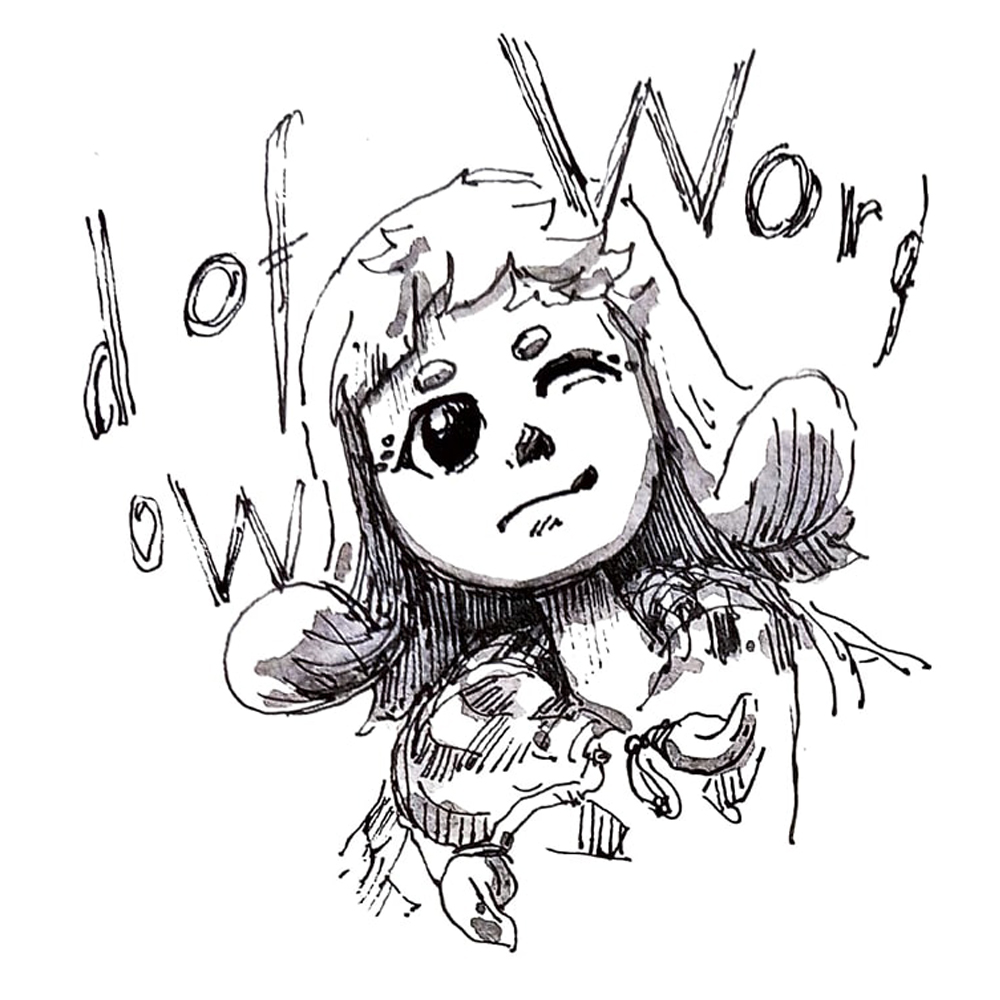
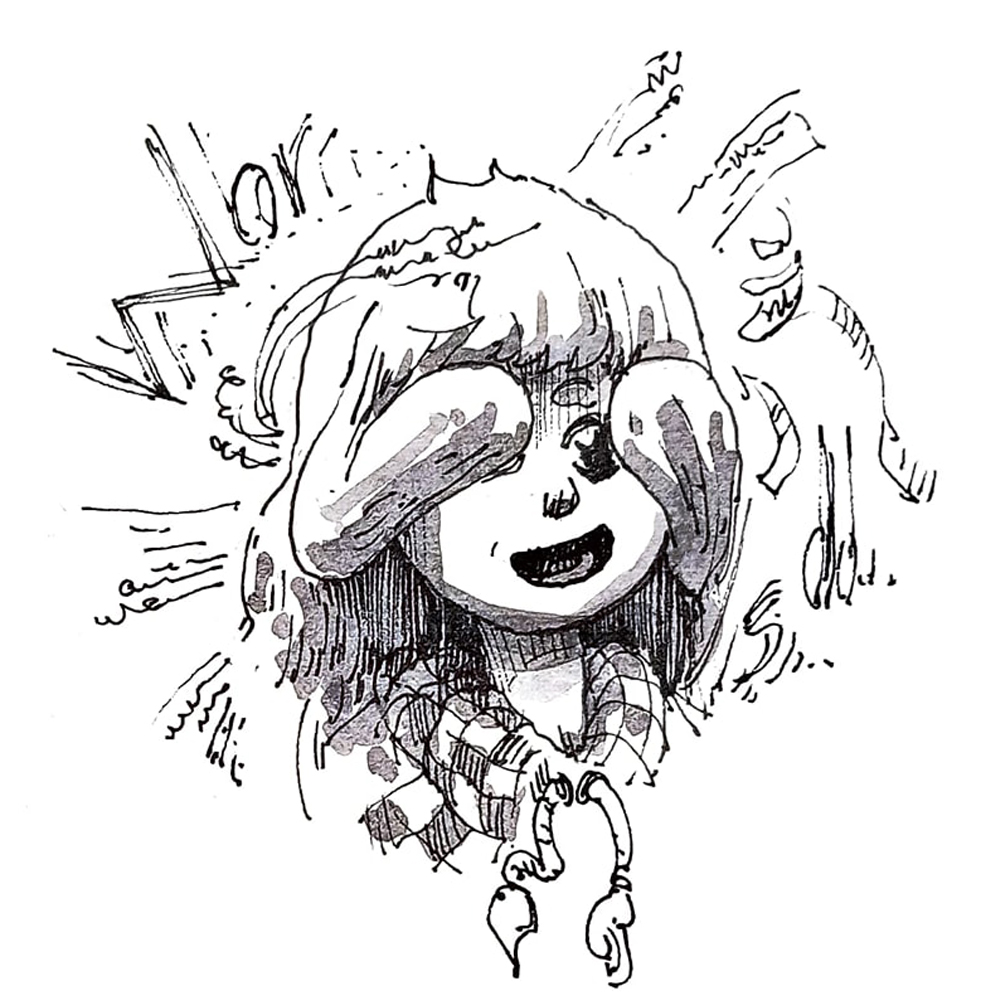
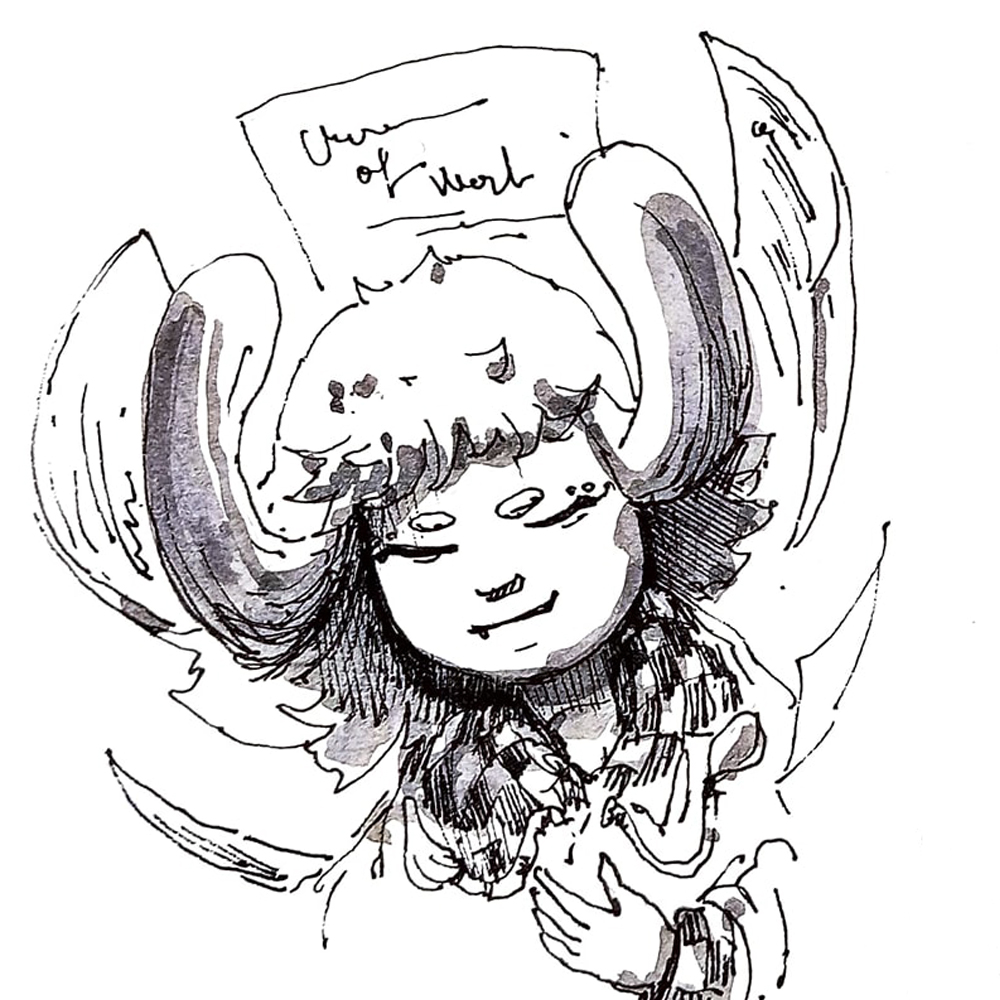
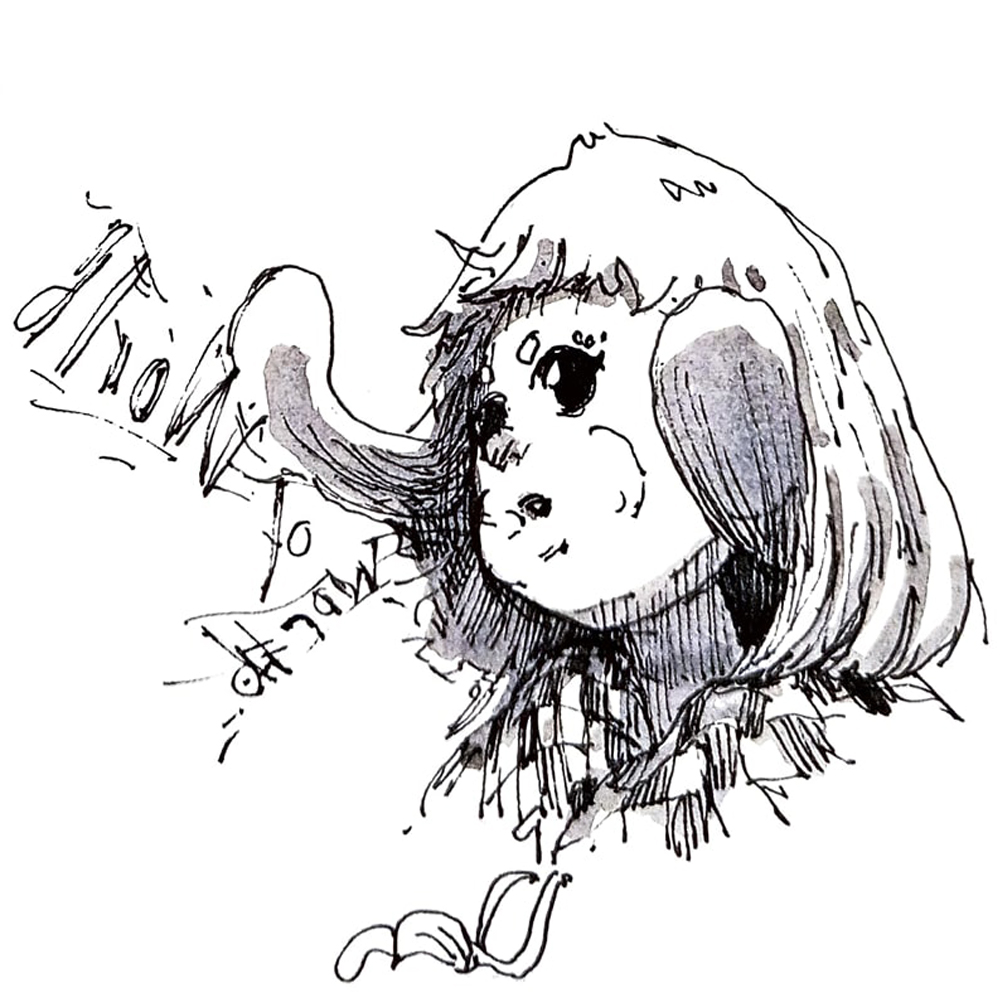
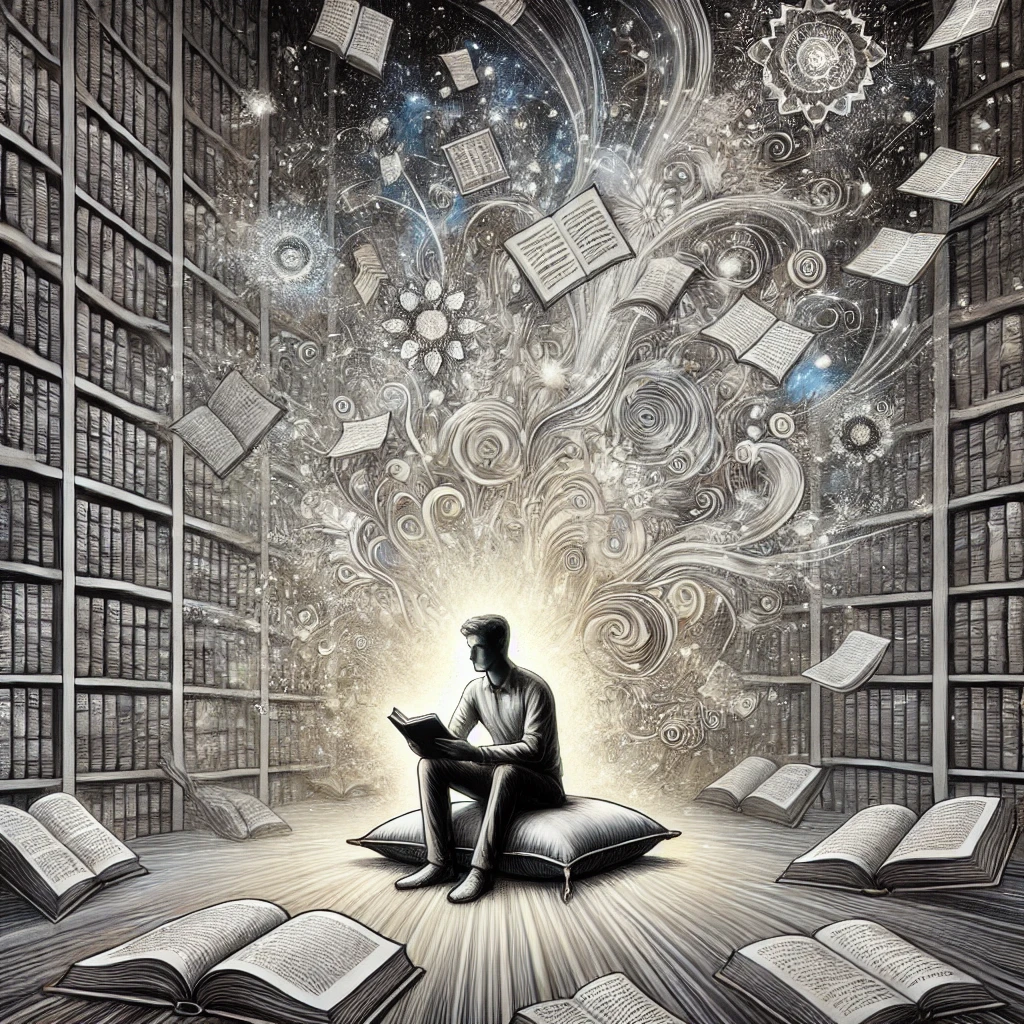
You have created a new possibility that will improve your relation to those words forever. With time this process can become very efficient. From two to three minutes to tens of seconds – even faster. Further, you can use this method for your next books and improve your mechanics of reading. From simpler words is easy for anyone. Complex words might be difficult for some of you, as you never consciously approached language. Anyone of you will have a unique journey through the “world of words”, with the same destination – intellectual independence.
There are many words, but math is with us. One minute for a word – 10.000 words. 166.7 hours of practice. Let’s consider two hundred for a proper integration. A glimpse into our lifetime. Within three to six months anyone can improve his reading ability to a genius level. Is part intellectual effort – part physical practice – part emotional understanding. The intellectual effort of figuring out the mechanism of reading is the easy part for me. Working with our inabilities gives the best results – in my case physical practice and emotional understanding. Stay conscious through your readings…
Reading and writing is easy to learn, like almost everything, yet extremely hard to master – this being the reason there are very few good writers. Other people writings encourages us to read more and to explore the world through this medium, through their guidance, with our imagination.



